ThermalFly F1-IACSHA:
CPU Socket Support: AMD 940 / 939 / 754 / AM2, Intel LGA775Weight: 768g
Size: 117mm x 114mm x 116mm
Price (as reviewed): £35 (inc VAT) - estimated
ThermalFly’s F1-IACSHA is certainly the most eye-catching design amongst this group of heatsinks we’ve tested here. Its design is a fairly standard affair, boasting an all-copper arrangement of fins, connected to the base by four heatpipes.
The company has taken the unusual approach of using a radial, or 'squirrel cage' type fan, mounted through the fins, with a shroud forcing airflow through the main portion of the heatsink.
Another interesting feature is the built-in fan controller, which varies the fan speed according to temperature. The temperature sensor is attached to the base, and can be disabled, allowing the fan to run at full speed. Testing was carried out with the default configuration, which is with fan control enabled.
Installation:
A large fold-out instruction sheet is provided, with colour photos of each stage of installation. The procedure was quite straightforward, though I had some difficulty engaging the four hold-down clips. To be fair, I hadn't noticed the advice to engage the clips in pairs from opposing corners – this did the trick!My only concern with the retention mechanism came when I was uninstalling the cooler. One of the four tabs actually bent when I tried to unclip it. Thankfully, I was still able to remove the cooler, though this doesn't bode well for long term or repeated installation and removal. Aside from this problem, there was nothing else to report.
Performance:
We were all interested in how this garish-looking heatsink would cope with our 955XE's high heat output. Performance was disappointing to say the least, as the F1-IACSHA was consistently bottom of the group, hitting 61°C on the CPU under load, and 50°C at idle. This is obviously still a large improvement over the Intel stock cooler, which loaded at 74°C and idled at 60°C. It’s also certainly much quieter than the Intel stock cooler, too.I also have to mention fan control, or lack thereof. The fan speed increased when the CPU temperature hit 70°C, but I didn't notice the pitch change in any other circumstance. This is perhaps a good thing considering its performance. Also, we’re slightly concerned about the PWM temperatures, which reached 71.3°C under load, and 63.3°C at idle.
In its defence, the ThermalFly was the only cooler in this group to come with pre-applied thermal interface material. It's quite possible that you may see a temperature reduction of one or two degrees if a different TIM was used. Even then though, that wouldn't improve its results significantly.
Conclusion:
Although ThermalFly lists the F1-IACSHA as suitable for both the 955XE and 965XE processors (and also quad-core processors of similar heat loads like the QX6700), I don't believe that it's ideally suited to these high heat loads as well as other heatsinks we’ve tested here. Judging by the inclusion of the fan controller, I believe the F1-IACSHA may be ideal for owners of processors with lower TDPs, such as low-mid range Athlon 64 or Core 2 Duo chips.With the right thermal loads, it might even allow a reasonable overclock in the right circumstances, whilst remaining quiet. Hopefully this is something we can look to revisit in the future. On a final note, I need to mention the F1-IACSHA’s lack of availability in the UK at the time of writing. We’re told that the company is still looking for a UK distribution channel and a way to market. ThermalFly says that it hopes to resolve this soon.





MSI MPG Velox 100R Chassis Review
October 14 2021 | 15:04


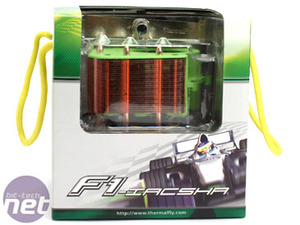
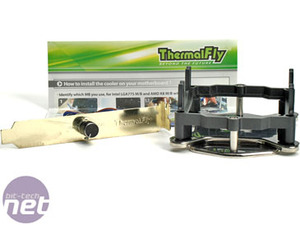
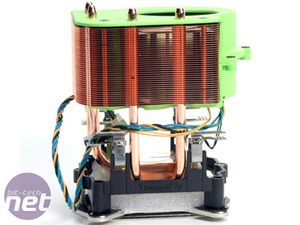
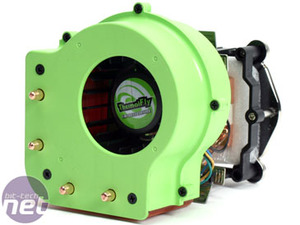
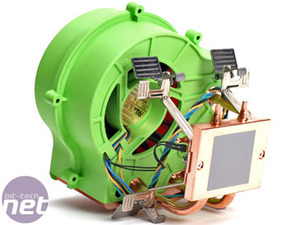
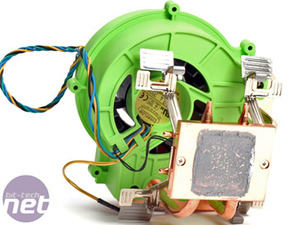







Want to comment? Please log in.